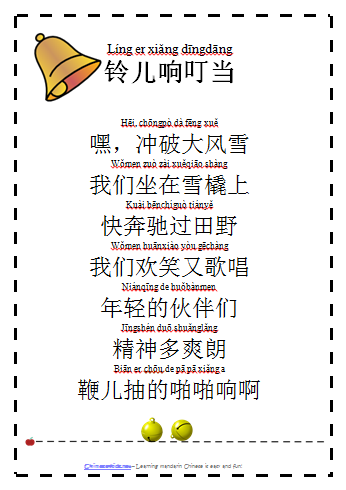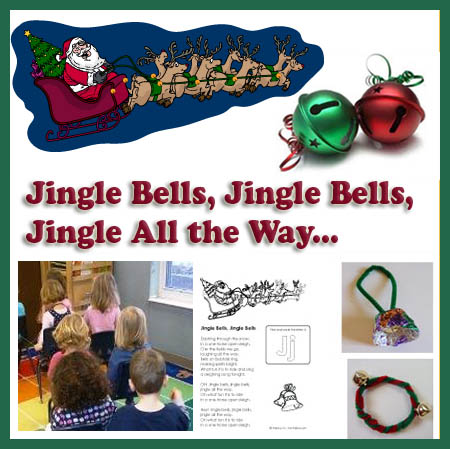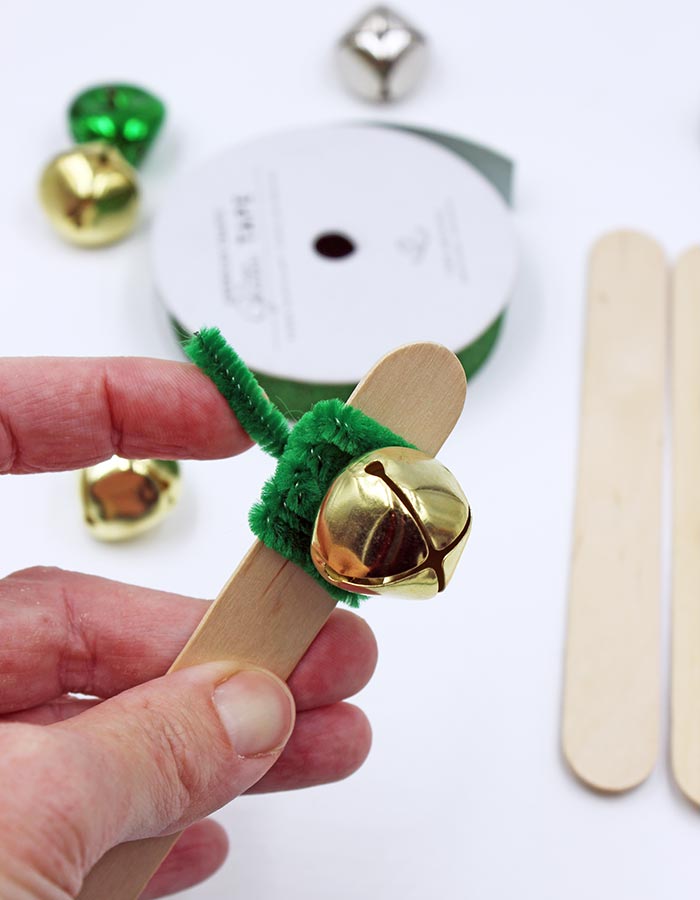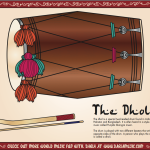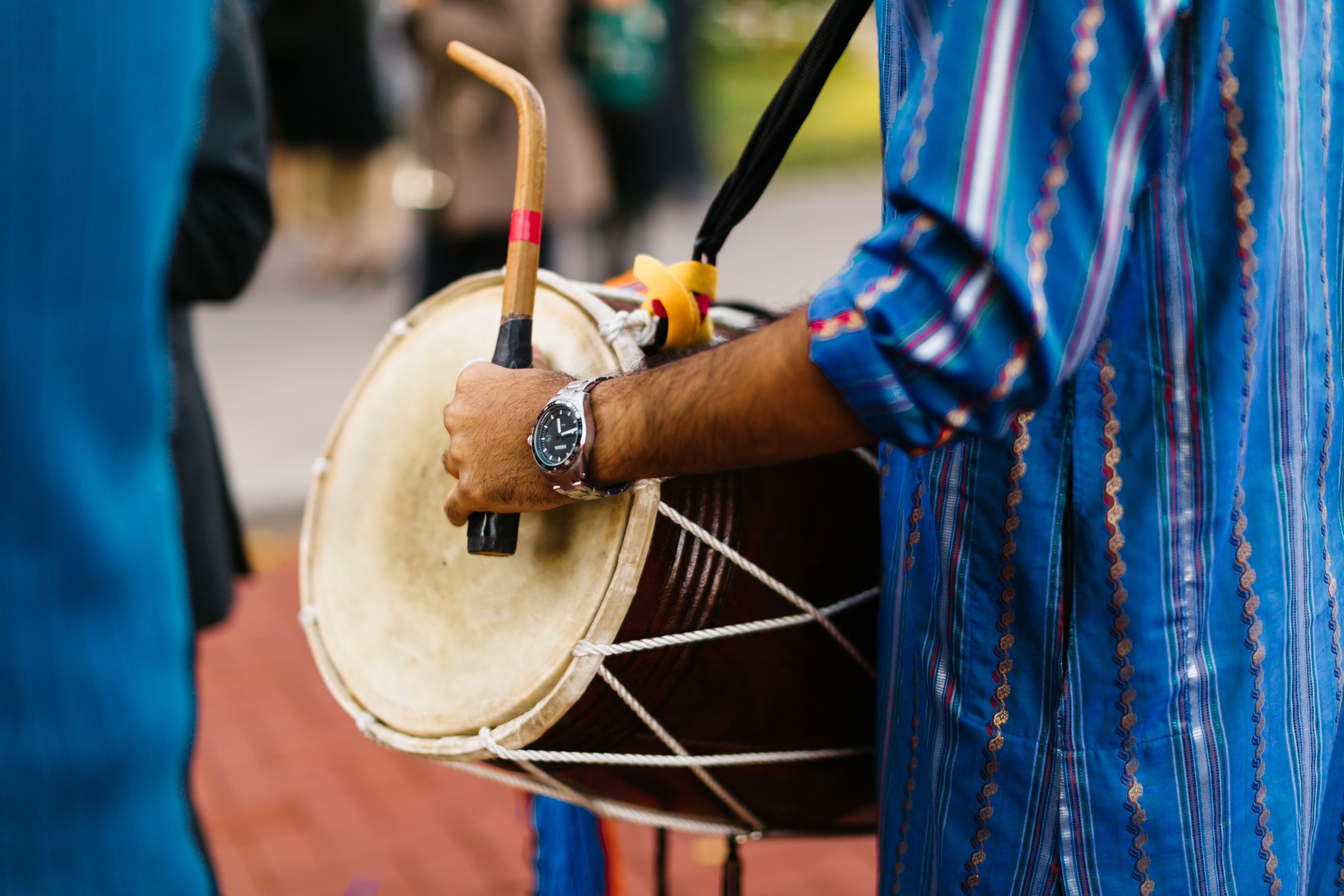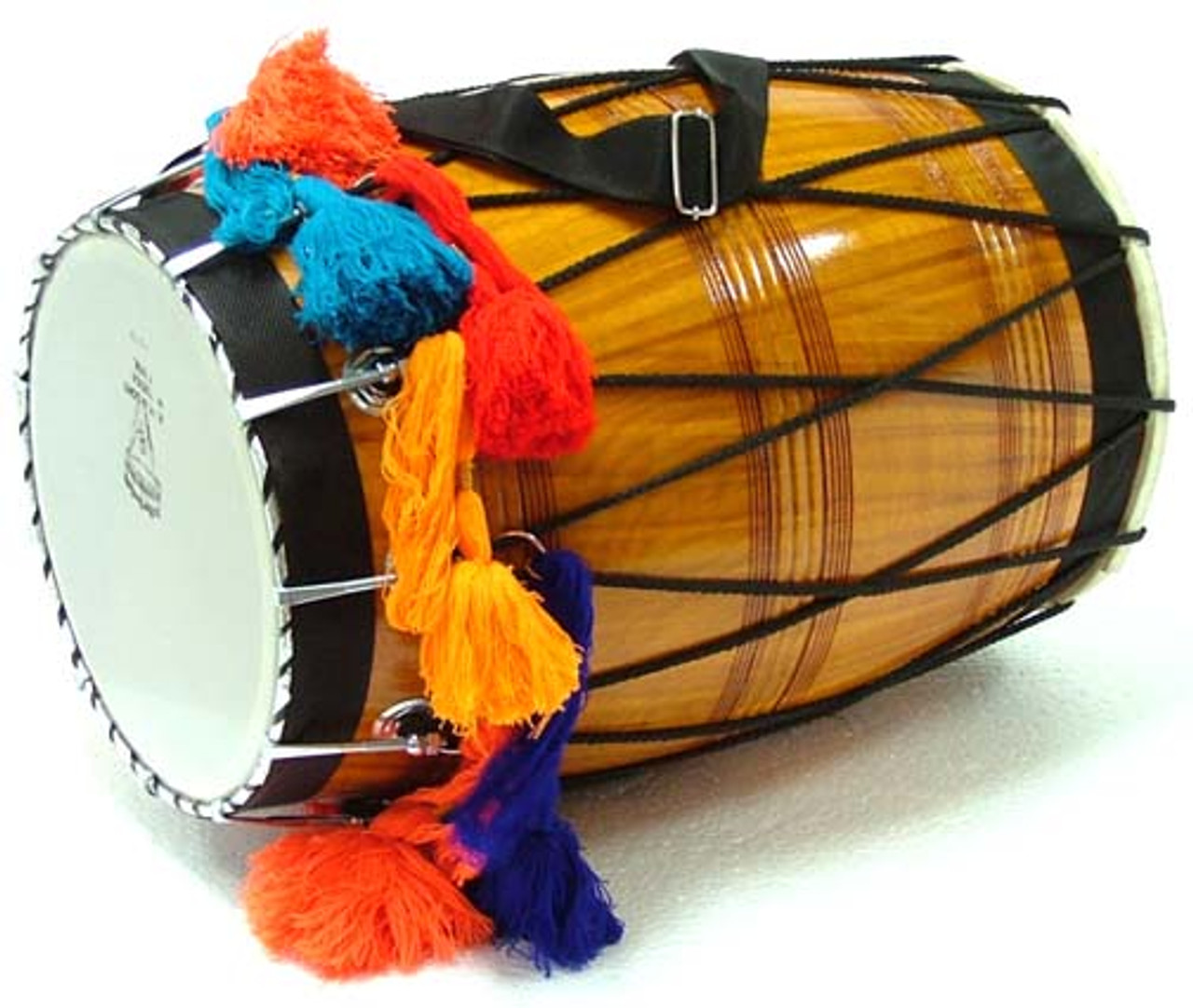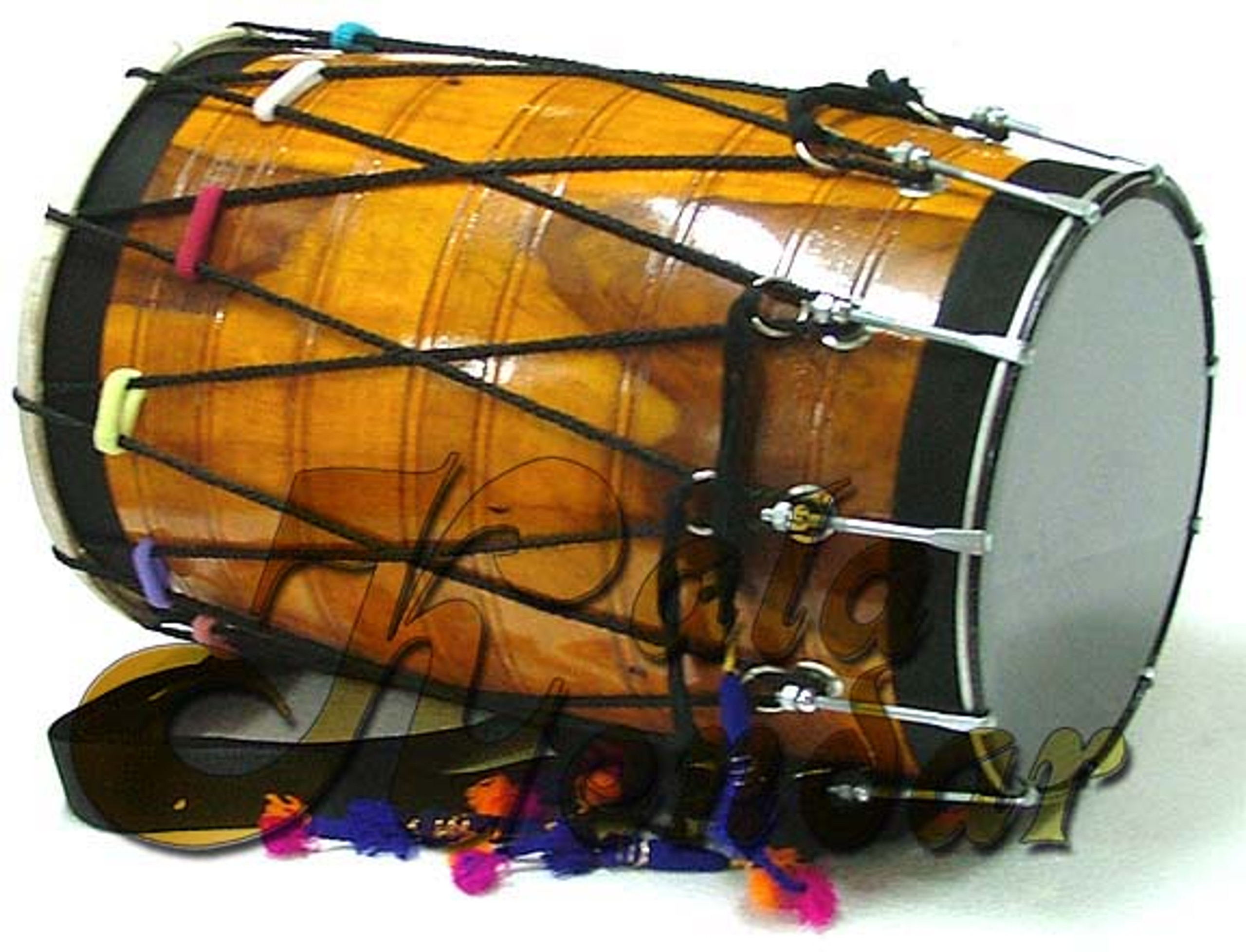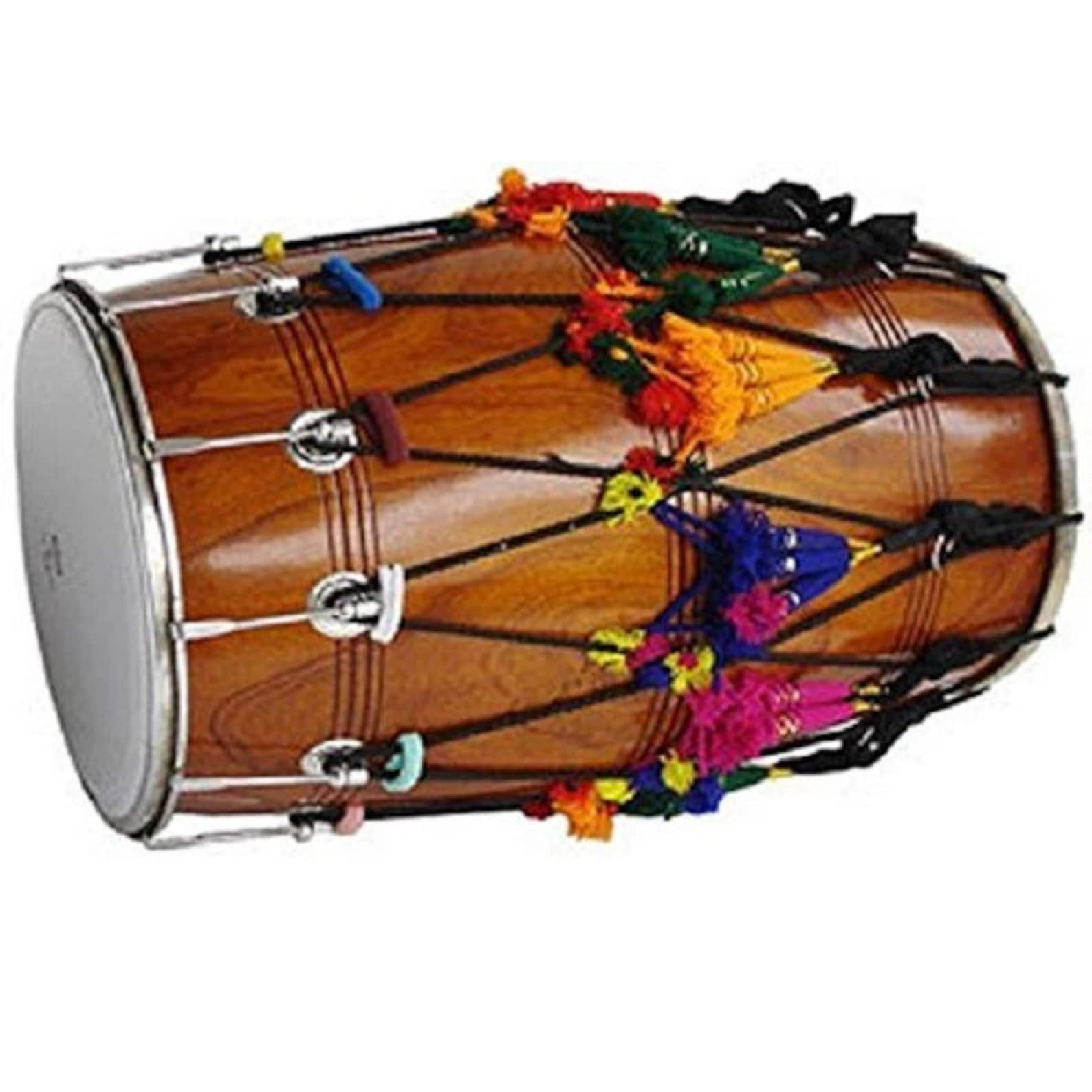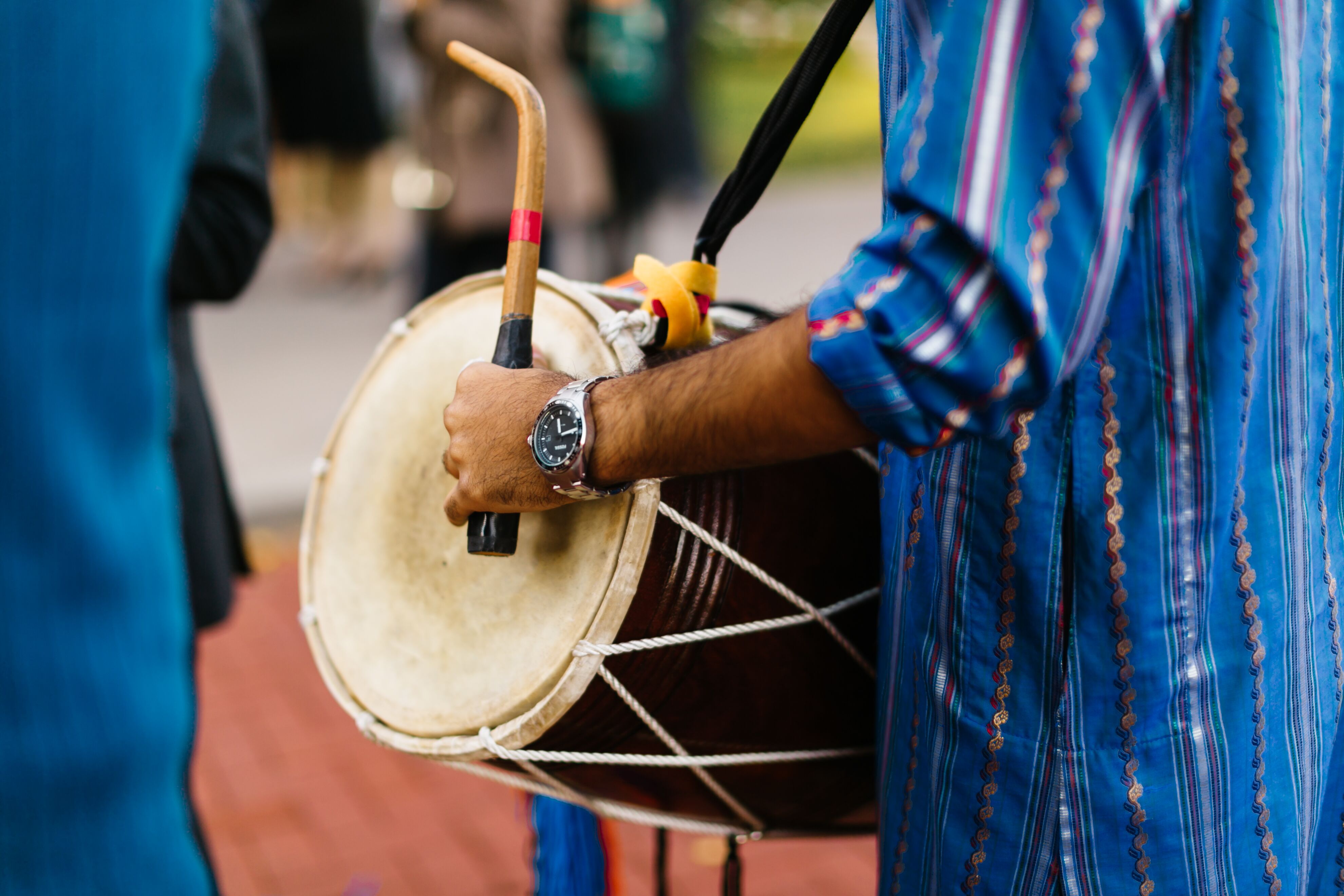 Hispanic Heritage Month (September 15 – October 15th) presents a wonderful opportunity for creative play that introduces the music and musical instruments found in Hispanic cultures around the world. And it’s a great way to teach as well. While discovering world cultures with Hispanic roots, you can learn about rhythms, patterns, counting and language as well as develop coordination and motor skills. And you can add your own creative or artistic flair to any of the instruments you create.
Hispanic Heritage Month (September 15 – October 15th) presents a wonderful opportunity for creative play that introduces the music and musical instruments found in Hispanic cultures around the world. And it’s a great way to teach as well. While discovering world cultures with Hispanic roots, you can learn about rhythms, patterns, counting and language as well as develop coordination and motor skills. And you can add your own creative or artistic flair to any of the instruments you create.
Here are some easy musical crafts from Latin American and Hispanic culture and creative ideas for playing them.
 Click, Click, Castanets!
Click, Click, Castanets!
Have you ever watched a flamenco dancer play amazing rhythms with wooden castanets? You can make your own version with buttons plus a bit of heavy poster board. Then you can click and clack and dance away!
Here are some castanet activities you might like to try:
Try making several pairs with different size or shape buttons.
Make a pair for parent (or teacher) and child and play the same rhythm together.
Try making a rhythm by clicking right hand then left hand, right hand and left hand. Try this slowly and then get faster.
 Try making a rhythm by different patterns of right hand and left hand clicks. For instance, Right hand, Right hand. Left!
Try making a rhythm by different patterns of right hand and left hand clicks. For instance, Right hand, Right hand. Left!
Try playing along to music from Spain. Can you find patterns that fit the music?
Try playing along to any of your favorite music. Can you find patterns that fit with what you are hearing?
Try a call and response game. The parent or teacher makes one rhythm and the child must repeat what they hear.
Try a call and response game with eyes closed.
Switch places and let the child lead a call and response game.
Find the Button Castanet Tutorial here:
http://www.dariamusic.com/docs/Button%20Castanets.pdf
Be A Guiro Hero!
 A guiro is any instrument that has a series of ridges and is scraped to produce the sound. In different cultures you can find guiros made from dried gourds, wood, plastic or even bones! It’s easy to make a recycled version of a guiro out of a water bottle with ridges and a found item as a scraper.
A guiro is any instrument that has a series of ridges and is scraped to produce the sound. In different cultures you can find guiros made from dried gourds, wood, plastic or even bones! It’s easy to make a recycled version of a guiro out of a water bottle with ridges and a found item as a scraper.
Make guiros from different types of plastic bottles. Notice the different sounds each makes. Once you’ve created your own guiro, try any of the musical activities below:
Try using different scrapers on your guiro. These might include plastic spoons, forks or sporks, unsharpened pencils, a comb or an egg whisk. How does the sound change? Which ones do you like best?
Play along to music from Latin America. Can you find patterns that fit the music?
Play along with your favorite music. Can you find patterns that fit in with this type of music?
Try playing a rhythm where you only scrape down. Or only scrape up.
Try playing a rhythm where you scrape down and then scrape up. Try it slowly and then increase the speed or tempo.
 Mix up patterns of scraping down and up. For instance, try –
Mix up patterns of scraping down and up. For instance, try –
Scrape down, scrape down scrape up!
Or develop more complicated patterns such as –
Down Up, Down, Down, Up!
Try a call and response game. The parent or teacher makes one rhythm and the child must repeat what they hear.
Try the call and response game with eyes closed.
Let the child lead a call and response game.
Hear or Color a Guiro
http://www.dariamusic.com/guiro.php
Instruction to Make Your Own Guiro:
http://www.dariamusic.com/make_Guiro.php
 Make Some Maracas
Make Some Maracas
Maracas can be found in Spain as well as in various countries of Latin America and the Caribbean nations. They can be made of wood, gourds, coconuts or fabricated from plastic.
A wonderful instrument for kids because they easily fit into each hand, here are simple instructions for making your own pair and playing with them when you’re done!
Try making several pairs that are filled with different items such as beans and rice, birdseed and pebbles or sand and tiny beads. Each set of maracas will have a distinct sound.
Professional maracas generally have a different sound in the left and right maraca to produce more intricate rhythms. You can create this type of maracas, if you like.
Make a pair for parent or teacher and child and try shaking very quietly along with a quiet song.
 Try shaking more loudly to a more active and upbeat song.
Try shaking more loudly to a more active and upbeat song.
Instead of shaking your maracas up and down or back and forth, try “whooshing” the contents around in a circular motion. How does that change the sound?
Try making a “crescendo” sound with your maracas. Start quietly and then shake louder until you stop!
Try matching the patterns you hear in a Latin American song.
Try matching the patterns you hear in any of your favorite songs.
Make Your Own Maracas
http://tinytappingtoes.wordpress.com/2012/08/17/an-easy-musical-craft-for-young-children-back-to-school-maracas/
![]()
More Resources
Hear a Cajón Box Drum here:
http://www.dariamusic.com/cajon.php
Color A Cajón Box Drum here:
http://www.dariamusic.com/cajon.php
Visit DARIA’s TeachersPayTeachers store. Multicultural music, reasonable priced materials and many freebies here as well:
http://www.teacherspayteachers.com/Store/Daria-Marmaluk-Hajioannou
Coloring Pages and Other World Music “Make-Your-Own” Musical Activities Here:
http://www.dariamusic.com/crafts.php
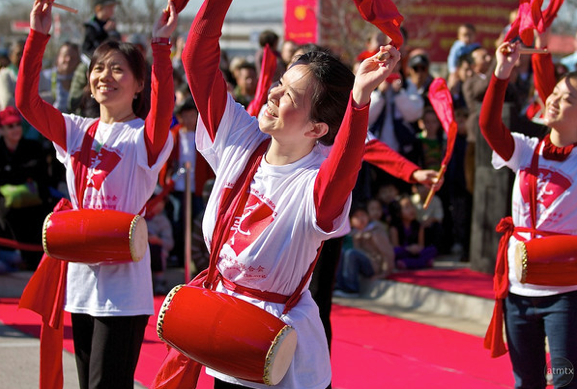 Have you ever celebrated Chinese New Year? It’s almost half a month long and includes great food, exciting activities, family fun and – of course – music!
Have you ever celebrated Chinese New Year? It’s almost half a month long and includes great food, exciting activities, family fun and – of course – music! Learn A Chinese New Year Song
Learn A Chinese New Year Song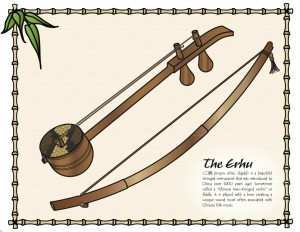 Color The Erhu – A Chinese Style Violin
Color The Erhu – A Chinese Style Violin The Excitement of Chinese New Year by Mandarin Language Instructor, Amanda “Miss Panda”
The Excitement of Chinese New Year by Mandarin Language Instructor, Amanda “Miss Panda” Gongs, Handbells and Singing Bowls: Three Great Instruments For Exploring the Culture of China, Tibet, Nepal and Asia
Gongs, Handbells and Singing Bowls: Three Great Instruments For Exploring the Culture of China, Tibet, Nepal and Asia






